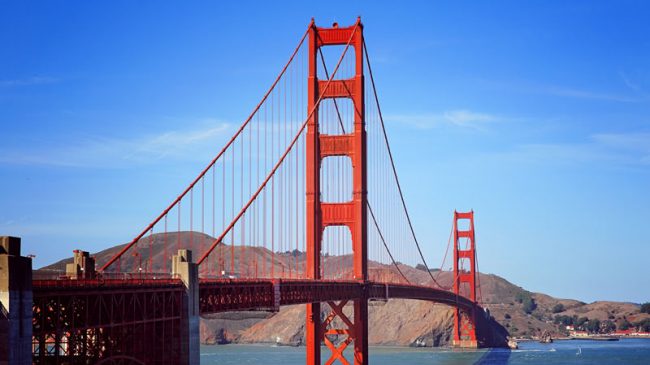Automated vehicles promise to drastically change transportation. But thanks to its draconian rules, California will likely see fewer economic and safety benefits from self-driving cars than it should.
The computer technology needed for automated vehicles is still being perfected, but we’re seeing the beginnings of the revolution. Many car manufacturers are already selling vehicles that contain self-driving features. BMW and Tesla, for example, offer models featuring systems that warn drivers when they’ve strayed from their lanes; adaptive cruise control systems that sense other vehicles and maintain safe distances; and automatic emergency braking systems that judge the distance and speed of vehicles in front them. Ten manufacturers have already committed to installing emergency braking across their entire line-ups. The technologies that are only available on high-end vehicles today, will soon become commonplace on all new vehicles.
True autonomous vehicles, in which the car can completely drive itself, are still years away. When they arrive, however, they promise to significantly reduce the number of crashes; provide increased mobility to children, the elderly, and others who are unable to drive themselves; and bring about more freedom and personal time for drivers who will no longer have to concentrate on the road while commuting to work or making long drives.
Since it’s a matter of when, not if, we’ll see these cars on the roads, many states are preparing for them. California, home to Silicon Valley, has predictably been at the forefront developing the technology for these cars of the future. Unfortunately, California lawmakers’ urge to regulate risks driving these companies and cars away.
The state’s current rules require automated vehicles to have a $5 million insurance policy for liability to people and property. By comparison, the state only requires human drivers to have $30,000 of coverage per accident.
California’s rules bar using automated vehicles for commercial purposes. Yet early adopters of self-driving cars are expected to be trucking companies and transit agencies since large fleet owners are amongst those who will be able to lower their costs and benefit the most from self-driving vehicles.
California’s self-driving car rules also require human drivers to be in the driver’s seat and to have some method of taking control of the vehicle. Yet, Google’s self-driving vehicle doesn’t have a steering wheel or pedals because the vehicle is operated remotely.
As a result of the legislative mess, companies like Google have moved some of their research and testing to states with less onerous regulations, including Michigan, Nevada and Texas.
“We’re gravely disappointed that California is already writing a ceiling on the potential for fully self-driving cars to help all of us who live here,” Google said in a statement last year.
Even the National Highway Traffic Safety Administration, the risk-averse agency that oversees car safety, believes California’s laws are poor policy. At this summer’s Transportation Research Board Automated Vehicle Conference several NHTSA speakers including Dr. Mark Rosekind and Nat Beuse said laws that govern traditional cars are also suitable for automated vehicles. They urged states to avoid overly prescriptive laws that create a patchwork of legislation and make interstate driving more complicated.
The optimistic view is that California may be learning this lesson. The state’s updated draft of rules for automated vehicles was supposed to be completed by the end of last year, but have not been released. The hope is that California will abandon its goofy insurance requirements, mandatory in-car driver policy, and commercial vehicle ban.
Self-driving cars should be the next great California success story. The technology, testing facilities and jobs should be in this state. But if California’s overzealous regulation of this technology continues, these innovative companies will be looking for states, like Nevada and Texas, that aren’t imposing restrictive rules that limit testing and slow down the development of self-driving cars.
Baruch Feigenbaum is assistant director of transportation policy at Reason Foundation. This article originally appeared in the Orange County Register

